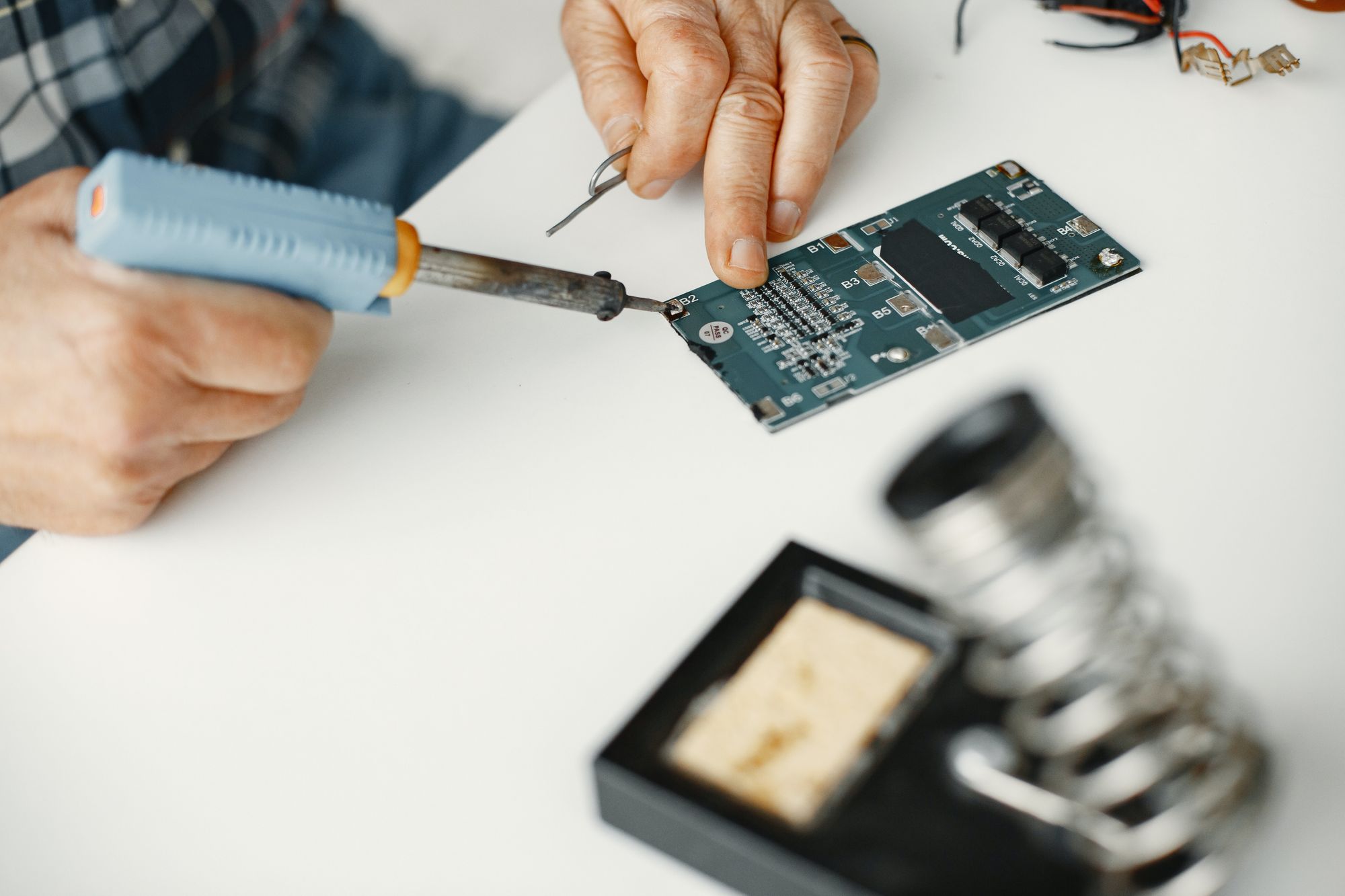The first Bitcoin hardware project was likely a wallet. In 2012, Marek Palatinus (known as Slush) was running SlushPool, the first Bitcoin mining pool, when a hacker stole 3,094 bitcoins. Palatinus personally covered the loss for users, but the theft made him wonder how he could improve security. Keeping the pool’s hot wallet online was clearly risky. A few months later, Palatinus was building what would become Trezor, the first Bitcoin hardware wallet. Trezor evokes the ethos of Bitcoin through its open-source nature—emphasizing the importance of taking responsibility for one’s own financial security. Today, numerous other hardware projects are following that same principle as they help increase the reach, security, and decentralization of Bitcoin.
Many projects followed Trezor in enhancing users’ abilities to transact with Bitcoin. The following are some of the more interesting projects that making Bitcoin easier to use:
- Specter DIY, an open-source project led by Stepan Snigirev, allows anyone with moderate technical skills to build a Bitcoin-only air-gapped hardware wallet using readily available parts and 3D printing.
- Coldcard maximizes security by prioritizing robust simplicity rather than ease of use. It supports only Bitcoin, includes two secure elements (from different vendors), and has a number of other anti-tampering features.
- Ben Arc has created several interesting projects which focus on inexpensive components and the ability to function offline:
- bitcoinSwitch, which, with five dollars of parts and a little time, will let you turn on almost anything with Bitcoin
- Bowser and BabyBowser, inexpensive hardware wallets which are intended as improvements over paper wallets for cold storage
- FOSSA, an open-source Bitcoin ATM that can operate offline
- LNPoS, a point-of-sale terminal that can handle on-chain transactions as well as online and offline transactions through the Lightning Network
- bitcoinVend, an offline Bitcoin vending machine
- The LightningATM and the smaller, simpler Pocket Edition from 21isenough make fiat-to-Bitcoin conversions accessible even to grassroots hobbyists.
- RaspiBlitz is a DIY Lightning node based on a Raspberry Pi. The touchscreen makes using the node easy, and the project offers many options, including running BTCPay Server as a payment processor and synchronizing the blockchain entirely over Tor to avoid exposing the user’s IP address.
- Other projects like the Lightning Beer Tap aim to bring a little levity to teaching people about Bitcoin and the speed of the Lightning Network.
- You could even heat your home with Bitcoin mining.
Hardware innovations go beyond wallets and other devices used directly in transactions to include communications. Many Bitcoin hardware developers seek to improve the resiliency of Bitcoin to make it more effectively fulfill Satoshi Nakamoto’s vision of a censorship-resistant, open monetary network.
A few years ago, Blockstream committed to making Bitcoin accessible around the world at any time even without an Internet connection. The result is the Blockstream Satellite network. Today, anyone with a satellite dish and some low-power computer hardware can listen to the Bitcoin blockchain almost anywhere on Earth. The satellite network even allows users to broadcast files globally (for a fee).
Mesh networks offer a terrestrial solution that could pair well with Blockstream Satellite. A mesh network is a peer-to-peer network—much like Bitcoin itself—built around data transmission. As Blockstream developer Grubles said, “I think mesh networking is one of those things that you don’t really care about until you actually need it.” At least two mesh networks are currently being developed for Bitcoin transactions: Locha Mesh (which has partnered with Randy Brito of Bitcoin Venezuela) and goTenna (which has partnered with Samourai Wallet). Both projects could potentially keep Bitcoin functional regardless of natural disasters, accidents, and active censorship.
The hardware supporting Bitcoin has already developed rapidly in ways that would have been difficult to predict in 2009, and the network will continue to need new solutions. But as we have seen, anyone can build with Bitcoin. That freedom almost guarantees that innovation will continue to make Bitcoin better.
I made a thing 🤓 #LightningATM - Pocket Edition
— 21isenough (@21isenough) July 24, 2020
Fits in (almost) ever pocket ⚡ Bring it everywhere and introduce people to #Bitcoin / #LightningNetwork
✅ 100% Open Source
✅ Beginner friendly
✅ No camera, no button
✅ LNURL only
✅ Lightweight, small
✅ Affordable pic.twitter.com/ks9uFPOIn9

